QUESTION OF THE DAY
HOW DO YOU CALCULATE COMPLEXITY?
N (N-1) / 2
The so-called Hackman formula represents the number of possible interacting links between N points.
It is a simplified formula that works well to estimate if you are getting too complex. For instance, apply it to the people in the meeting, and you get the number of individual conversations they can have among themselves. So how many topics will you bring up for a discussion in a group of 10 individuals? With only one topic, ten people can engage in 45 different conversations.
Looking at the graphic above - how complex is your environment? How many people do you engage with daily, how many tools do you use to interact, how many dependent priorities do you manage?
Would you achieve more if you focus on less?
The appetite to drive constantly more things brings organization to a spin, confusion, and ultimately disengagement.
Ideally, work in groups of 4 to 7 people (6 to 21 possible links) you can still manage because you can create transparency, assign clear responsibility, coordinate well, and catch social loafing.
Don’t have more than 7 places you store information.
Try to avoid working with more than 7 tools.
Three topics to manage at any given time give you plenty of complexity.
You can handle more, but that extends your working day and might not be healthy.
Track your work and share the complexity level with your management.
Try to focus on a specific topic within one group and set of tools for sufficiently long to make noticeable progress. Then move to another set.
Do not switch focus too frequently. You will need too much time to recalibrate too often and won’t make enough progress.
It sounds rather incredible that you need so many interactions when you work. The Hackman formula shows that even a simple task including too many people, tools, and topics can become a rather complicated and expensive endeavor! When you start looking at your business through the Hackman formula lens, you quickly understand the cost of the complexity your organization incurs.
SIMPLE IS HARD NOT EASY
Our Solution shows you complexities in real-time. It provides instant reflection where work, people, and their actions are accumulated. You can declutter and prioritize your next actions in alignment with your goals and avoid jumping on urgent things instead
Success is never solely down to creative ideas or unique products or services. The difference between success and failure is actually down to the fundamentals of how you operationalize your business. Check our guide to the best operational and transformation practices, that people love.
THE SECRETS OF RUNNING BUSINESS WITH EASE
MORE TIPS?







